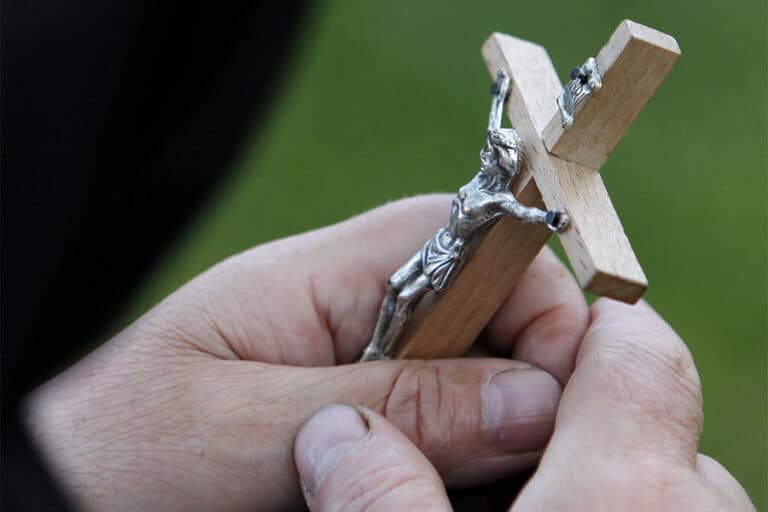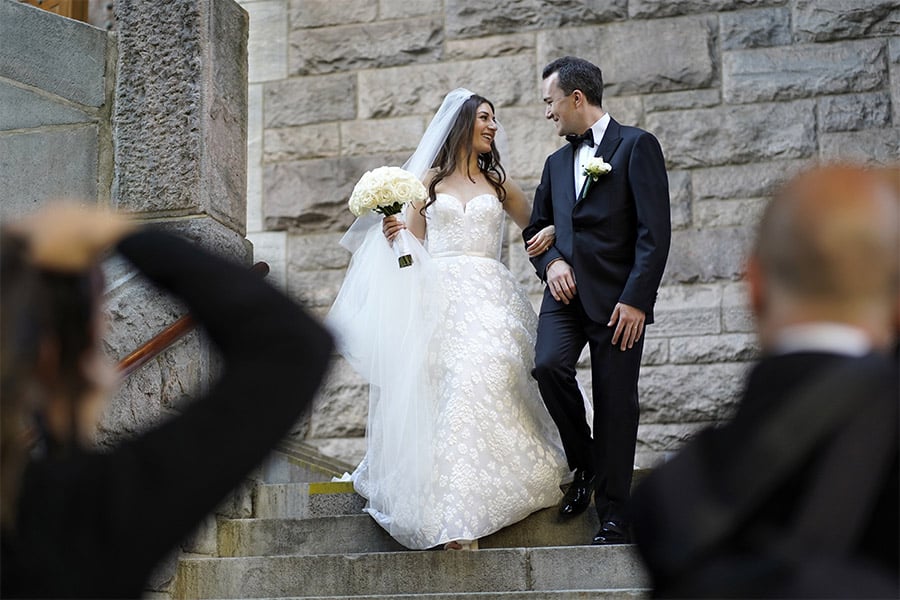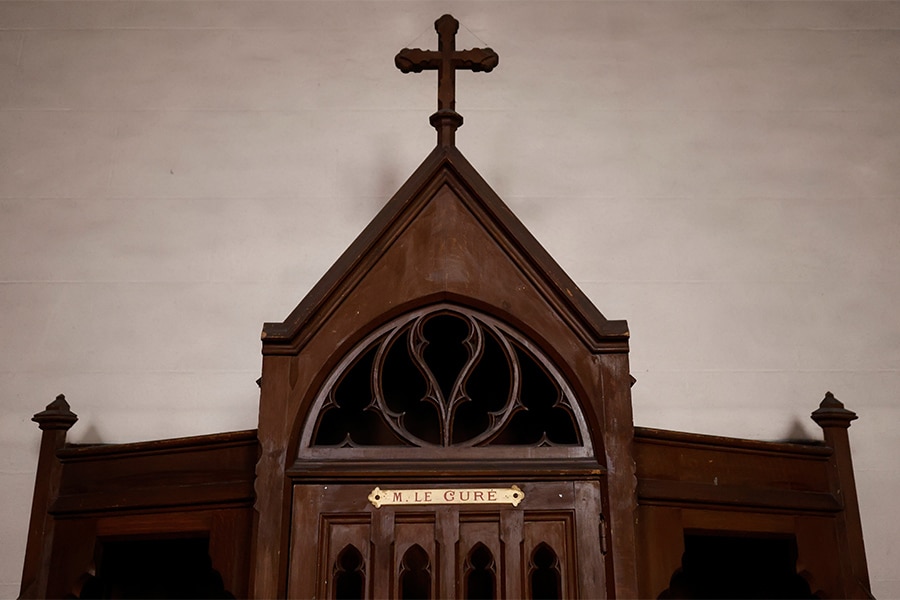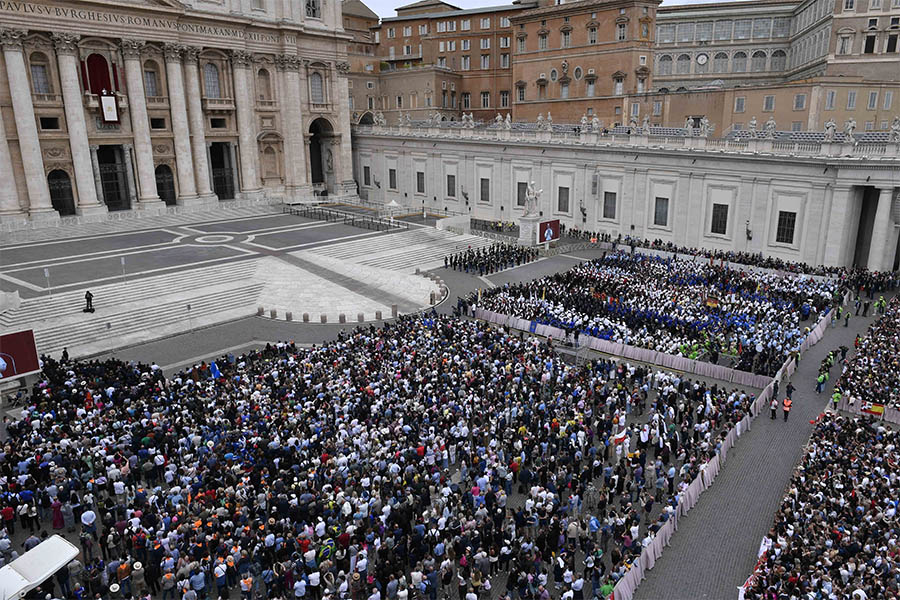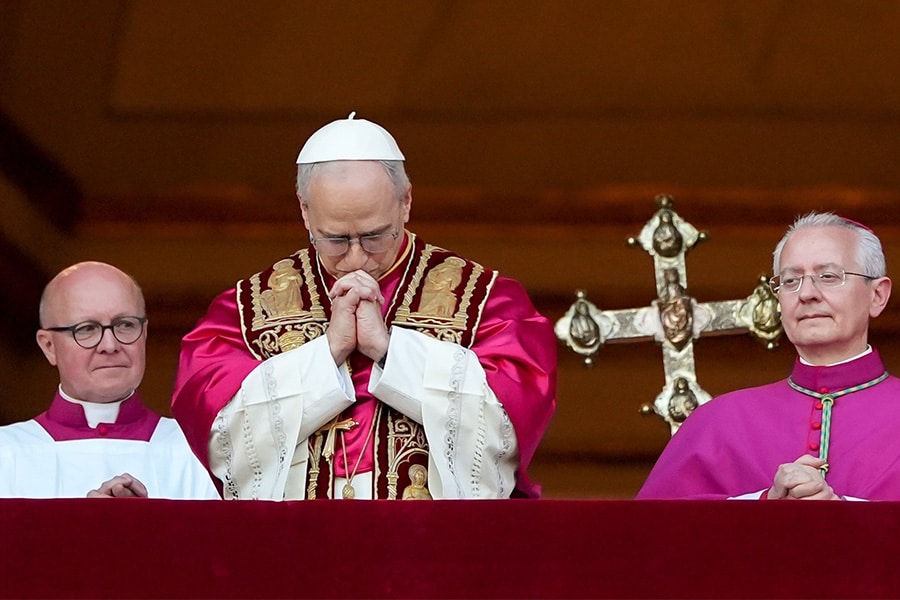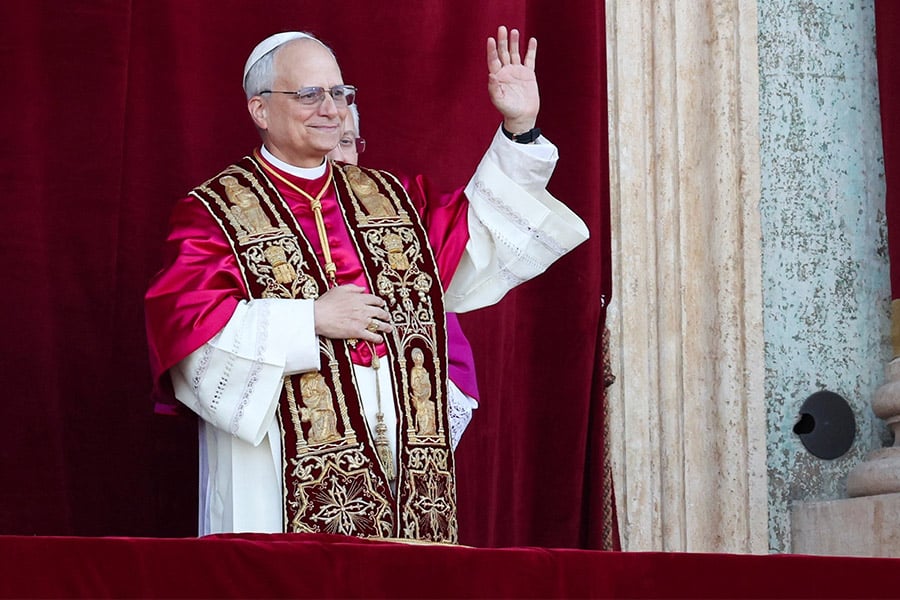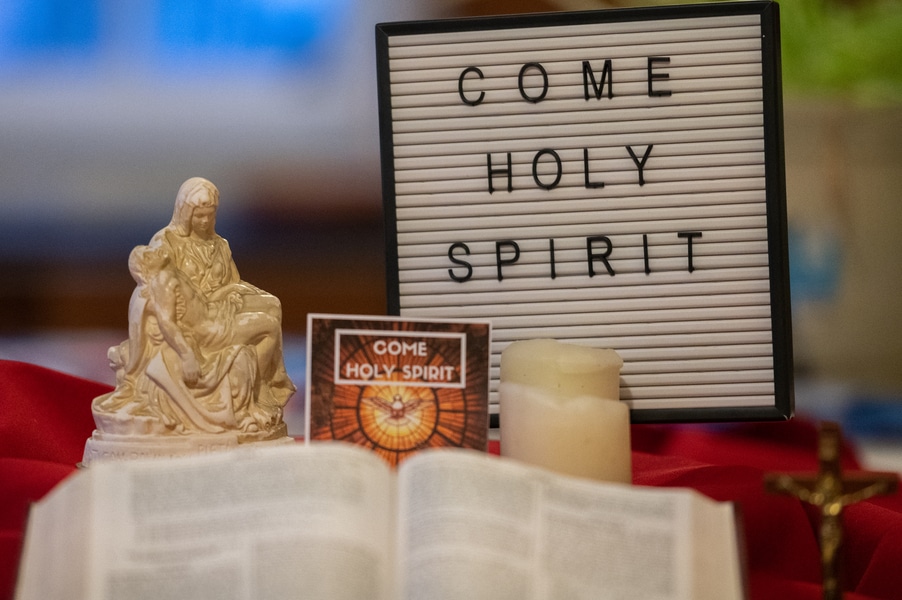The idea of union with God is, for most people, alternately attractive and terrifying.
Attractive, because no matter how far we have fallen through the sin of Adam and our own personal sins, we cannot shake the feeling that such union is what we were made for by the very God to whom we desire to be united. Terrifying, because our awareness of those sins reminds us constantly of how far we are from such union, and our attachment to the things of this world — all of the good and true and beautiful things that God has created — makes us wary of the idea that we are called to move beyond it, to embrace with our whole heart and mind and soul and strength a spiritual reality that we cannot see or touch or taste or even imagine, because our imagination is bound up with the matter of our five senses.
If the created world is good, why would we be called to move beyond it? How do we take the leap into what a 14th-century English author called “the cloud of unknowing,” placing ourselves beyond the everyday material of our senses — indeed, beyond reason — in a pure relationship of “naked being” with the God who is, above all else, existence itself?
“[T]here is no name, no experience, and no insight so akin to the everlastingness of God than what you can possess, perceive, and actually experience in the blind, loving awareness of this word, is,” writes that same author in another work, “The Book of Privy Counseling.”
The awful (that is, awe-full) mystery that God revealed to Moses from the burning bush is “I AM WHO AM.” His name makes it clear that he is being itself, the very ground of our existence.
But if he is the ground of our existence, then that union with God that we desire already lies at the heart of who we are. Our work — everything we strive to do as Christians — is to remove all that keeps us from embracing that union fully.
“He is your being and in him, you are what you are, not only because he is the cause and being of all that exists, but because he is your cause and the deep center of your being. Therefore … Think of yourself and of him in the same way: that is, with the simple awareness that he is as he is and that you are as you are.?”
“Amen, amen, I say to you, before Abraham came to be, I AM,” Jesus said (Jn 8:58), and in response, the Jews tried to stone him, for the name that God revealed to Moses is unlike any other name. When I say your name, even if your name is the same as mine, I clearly intend to speak of you as someone other than me; but if I speak the name of God, I must say it in the first person: “I AM WHO AM.”
Thus, to the Jews, when Christ uttered the name of God, he blasphemed; but we who have accepted Christ’s self-revelation know that Christ was not appropriating to a mere man the name of God but truly is the Son of God. And we, who through our baptism have died with Christ, are united to Christ in his resurrection, and through him to the Father.
“As all men were lost in Adam when he fell from the love which made him one with God, so all those, who, by fidelity to their own path in life, manifest their desire for salvation, will receive salvation through the passion of Christ alone,” the medieval author writes in “The Book of Privy Counseling.”
As Christians, we boldly speak the name of our Savior, and in doing so we both acknowledge him as God and dare to utter the divine name, for the word Jesus means “I AM saves.” As St. Paul, on the Areopagus, testified to the Athenians, “In him we live and move and have our being” (Acts 17:28) and the recognition that we are because he is — that I am because “I AM” — should awaken in us the desire to be united with him beyond this passing life.
All that I am I offer you, O Lord, for you are all that I am.
Read More Commentary
Copyright © 2025 OSV News

